
An arts scene is a movable feast, a passing parade of people and ideas. Today’s Portland is vastly different from the big town of the 1950s to the 1980s, when the scene was small and sometimes rowdy but seemed somehow containable, as if you could experience all of it if you tried hard enough.
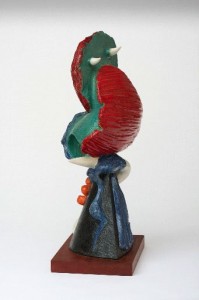 Impossible to even think about that now, which must mean Portland’s evolving into a city at last.
Impossible to even think about that now, which must mean Portland’s evolving into a city at last.
A few dominant figures from that smaller but vigorous art scene remain, among them artists Mel Katz, George Johanson and Jack McClarty. They and others like the late Michele Russo, Sally Haley, Hilda Morris and Carl Morris (and even Mark Rothko, who fled Portland for New York as a young man) continue to exert a significant influence on the shape of art in Oregon and the Pacific Northwest.
In whatever ways art here has morphed, it’s built on what these artists and others accomplished — and they, in turn, built on the work of even earlier artists such as the Runquist brothers, Maude Kerns, Amanda Snyder, C.S. Price and Charles Heaney.
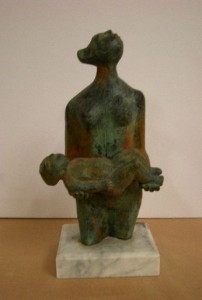 Another big player in those midcentury years, sculptor and printmaker Manuel Izquierdo, died in July. Notable (like so many of his contemporaries) as a teacher as well as an artist, he was also one of the artists who connected the Northwest’s sometimes insular scene to international ideas. He was born in Madrid, left Spain during the Civil War, and spent most of his adult life in Portland. But he brought a European spirit with him.
Another big player in those midcentury years, sculptor and printmaker Manuel Izquierdo, died in July. Notable (like so many of his contemporaries) as a teacher as well as an artist, he was also one of the artists who connected the Northwest’s sometimes insular scene to international ideas. He was born in Madrid, left Spain during the Civil War, and spent most of his adult life in Portland. But he brought a European spirit with him.
Laura Russo Gallery has a memorial exhibition of Izquierdo’s work — most of it from the early 1950s through the 1980s — until Dec. 24. I have a review of it in the A&E section of this morning’s Oregonian; you can read it here. The O ran photos of several of Izquierdo’s more mature abstract sculptures. For a different look, I’m showing some of his other, smaller work here, including the self-portrait at top.
***************
Thomas Hoving, the Indiana Jones of museum directors, died Thursday in New York at age 78. Randy Kennedy has a good obituary here in the New York Times.
 Hoving was a swashbuckler, a showman, a democratizer, maybe even something of a pirate. When he took over the great Metropolitan Museum of Art in Manhattan in 1967, at the age of 35, he declared it moribund and set out to make it the most popular show in town.
Hoving was a swashbuckler, a showman, a democratizer, maybe even something of a pirate. When he took over the great Metropolitan Museum of Art in Manhattan in 1967, at the age of 35, he declared it moribund and set out to make it the most popular show in town.
To the extent that he succeeded — and he radically shifted things before leaving in 1977 — he helped establish the concept of the blockbuster exhibit and set a tone for a whole generation of museum directors: Certainly John Buchanan, former director of the Portland Art Museum and now running the Fine Arts Museums of San Francisco, is a child of Hoving.
The Hoving style is out of fashion — you get the feeling that a lot of priests in the museum world don’t want their temples sullied with actual paying customers — but Hoving figured out a couple of key, simple things for which we can all be grateful: (a) great art is exciting; (b) the potential audience for great art is a lot bigger than the gatekeepers believe. That led, inevitably, to (c) if you make a Big Event out of it, you can get people knocking down the doors to get in.
The excesses and occasional inanities of the blockbuster style eventually put it in disrepute, and the current economic collapse has given it at least a temporary knockout punch: Museums are saving money by reconsidering what’s already in their collections, and in a lot of cases that’s a good thing.
But a couple of things got lost in the counterrevolution. First, Hoving really knew his art, and what he was selling was usually first-rate. Second, not all blockbusters are equal. A surprising number of “big” shows have also had a high level of historic, academic and aesthetic interest. The blockbuster was (and will be again: These things go in cycles) a style of presentation, not a definition of quality. That the style itself, regardless of content, offended a lot of people is … well, interesting.
I like this quote from Philippe de Montebello, Hoving’s successor at the Met, in Kennedy’s obituary for the Times: “People criticized him for his excesses, but you have to remember that it is not the timorous who climb life’s peaks. He has left us with a changed museum world.”
***************
 At 20,000 square feet, the new building (at 1521 10th Avenue above downtown) will be smaller than the one in Pioneer Square but will have more shelf space because of better layout. Plus, it’ll have lots of nearby parking and good foot traffic day and night. And it won’t have the Pioneer Square grunge factor or the business-killing onslaught of baseball and football fans to the nearby stadiums on game days.
At 20,000 square feet, the new building (at 1521 10th Avenue above downtown) will be smaller than the one in Pioneer Square but will have more shelf space because of better layout. Plus, it’ll have lots of nearby parking and good foot traffic day and night. And it won’t have the Pioneer Square grunge factor or the business-killing onslaught of baseball and football fans to the nearby stadiums on game days. A few evenings ago I sat down and re-read
A few evenings ago I sat down and re-read 
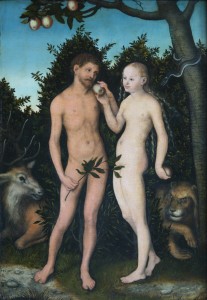 The sign’s message, or warning, that the performance included naked bodies had been hastily amended: A small piece of paper with the scrawled word Full had been taped over the carefully printed original word Partial, directly in front of the word Nudity. The smaller paper was taped on only at the top, so it worked like a flap, and as they were talking one of the group was flipping it back and forth — Partial-Full-Partial-Full-Partial — like a piece of sly performance art. Everyone laughed, which was more than anyone did during the show itself.
The sign’s message, or warning, that the performance included naked bodies had been hastily amended: A small piece of paper with the scrawled word Full had been taped over the carefully printed original word Partial, directly in front of the word Nudity. The smaller paper was taped on only at the top, so it worked like a flap, and as they were talking one of the group was flipping it back and forth — Partial-Full-Partial-Full-Partial — like a piece of sly performance art. Everyone laughed, which was more than anyone did during the show itself. Skin has seldom seemed as somber as it does here in Leveille’s dance, which somehow manages to seem liberated and stern at the same time, like morning prayers at a Puritan nudist colony.
Skin has seldom seemed as somber as it does here in Leveille’s dance, which somehow manages to seem liberated and stern at the same time, like morning prayers at a Puritan nudist colony.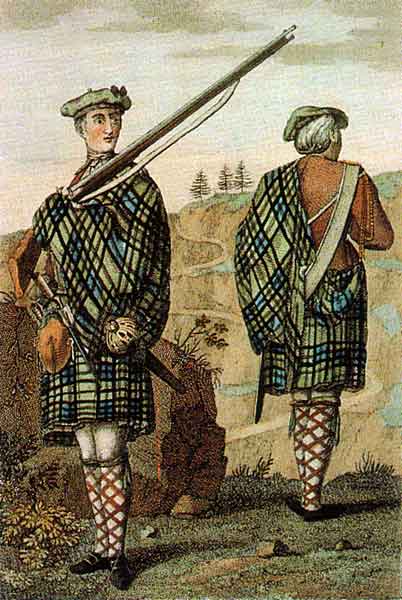
 In 3 months we had been to no fewer than 6 Boy Pant Stores (otherwise known as Chasms of Hell), some of them multiple times, and many more online shopping sites. None of the pants were the right size, the right color, the right material, the right no-buttons, the right pockets, the right plain ordinary solid-color no-frills gotta-fit STUPID PANTS!
In 3 months we had been to no fewer than 6 Boy Pant Stores (otherwise known as Chasms of Hell), some of them multiple times, and many more online shopping sites. None of the pants were the right size, the right color, the right material, the right no-buttons, the right pockets, the right plain ordinary solid-color no-frills gotta-fit STUPID PANTS! So by Sunday, THREE MONTHS after our first scary non-encounter, Mr. Ripped-Up Capri-Wearing Smarty Pants had good reason to go with me to shop for toilets. Even as his Felix/Martha persona really wanted to buy Christmas lights. Because he desperately needed to not look like a waif from a Dickens novel. He needed pants. We had finally found 3 that worked. We had to go back to ONE store for the FOURTH time to find the rest. And guess what?
So by Sunday, THREE MONTHS after our first scary non-encounter, Mr. Ripped-Up Capri-Wearing Smarty Pants had good reason to go with me to shop for toilets. Even as his Felix/Martha persona really wanted to buy Christmas lights. Because he desperately needed to not look like a waif from a Dickens novel. He needed pants. We had finally found 3 that worked. We had to go back to ONE store for the FOURTH time to find the rest. And guess what? I knew this was weird. I told myself this wasn’t an emotional reaction but that I was finally getting around to taking care of all the house needs that I had put off for a long time.
I knew this was weird. I told myself this wasn’t an emotional reaction but that I was finally getting around to taking care of all the house needs that I had put off for a long time. Mrs. Scatter only reports in short e-mail bursts these days. Her long-winded farcical spiels have been reduced to quick knock-off observations. This morning she prepared to leave for the office …
Mrs. Scatter only reports in short e-mail bursts these days. Her long-winded farcical spiels have been reduced to quick knock-off observations. This morning she prepared to leave for the office …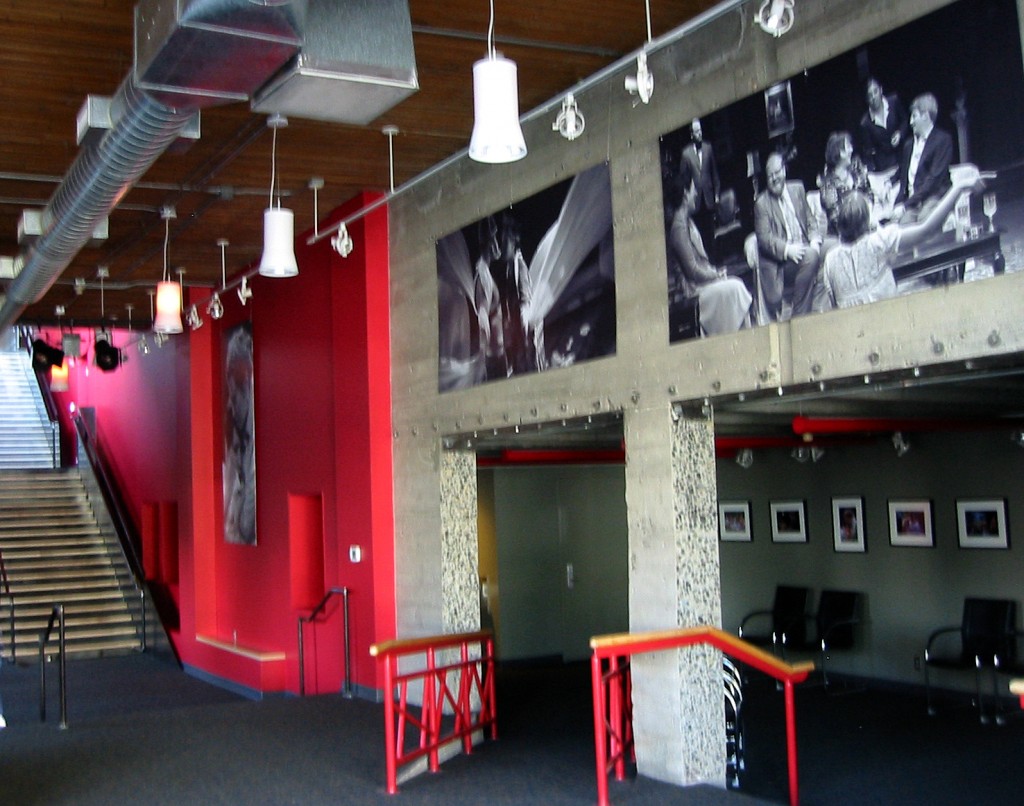
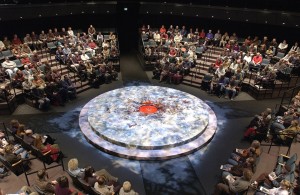 A person develops favorites, spaces that somehow work for the kinds of theater presented in them. Spaces that have developed personality. Theaters need to be worked in, like a good pair of slippers. They need to develop their own memory-ghosts friendly and fearsome, and who is Mr. Scatter to deny the devout claims by some practitioners of the craft that a good theater must also have a resident cat?
A person develops favorites, spaces that somehow work for the kinds of theater presented in them. Spaces that have developed personality. Theaters need to be worked in, like a good pair of slippers. They need to develop their own memory-ghosts friendly and fearsome, and who is Mr. Scatter to deny the devout claims by some practitioners of the craft that a good theater must also have a resident cat?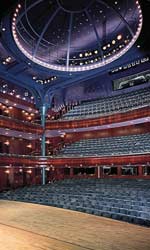 The Newmark, the Winnie’s bigger sister at the Portland Center for the Performing Arts, is sometimes slagged for the distance of its stage, the dryness of its sound, and the nosebleed pitch of its upper balcony. But it feels luxuriant, like a special place for a special occasion, and audiences love it. It re-creates the old-fashioned sense that a theater is someplace out of the ordinary — and that, I’ll argue, is a good thing for a city to preserve in at least a few of its performance spaces.
The Newmark, the Winnie’s bigger sister at the Portland Center for the Performing Arts, is sometimes slagged for the distance of its stage, the dryness of its sound, and the nosebleed pitch of its upper balcony. But it feels luxuriant, like a special place for a special occasion, and audiences love it. It re-creates the old-fashioned sense that a theater is someplace out of the ordinary — and that, I’ll argue, is a good thing for a city to preserve in at least a few of its performance spaces.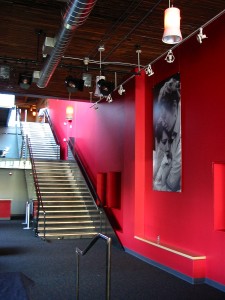 But the two buildings always felt like two buildings — until now. Walking through the buzz of the upstairs lobby and looking down the stairwell into the Alder Street lobby below was a startling and heart-leaping experience. All of a sudden, little Artists Rep seemed grown up. The new stairwell — designed by the Portland firm
But the two buildings always felt like two buildings — until now. Walking through the buzz of the upstairs lobby and looking down the stairwell into the Alder Street lobby below was a startling and heart-leaping experience. All of a sudden, little Artists Rep seemed grown up. The new stairwell — designed by the Portland firm 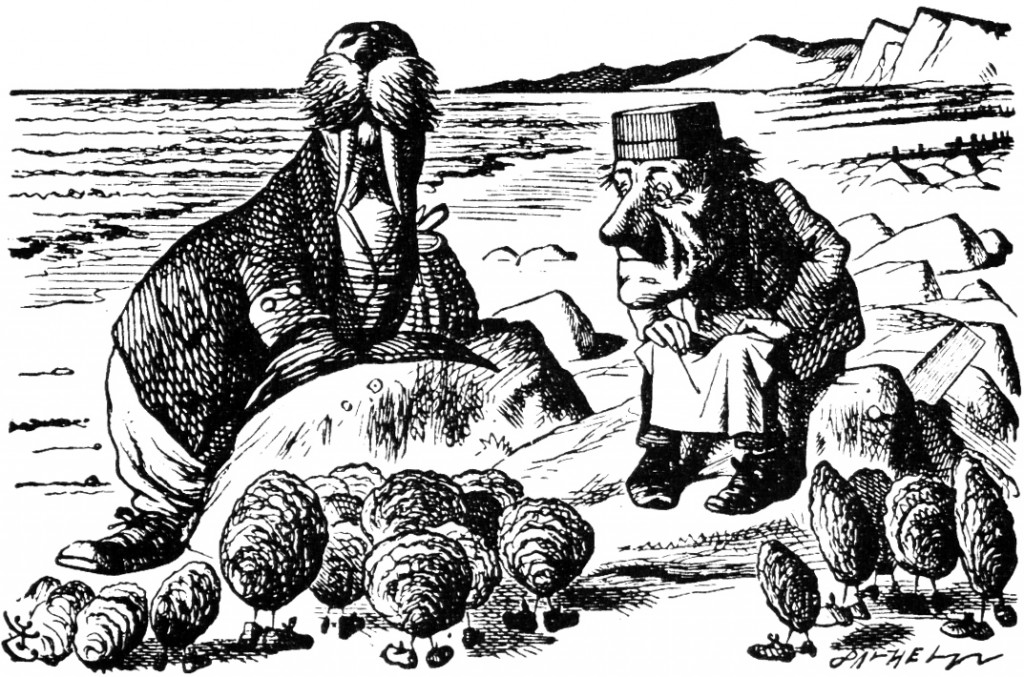
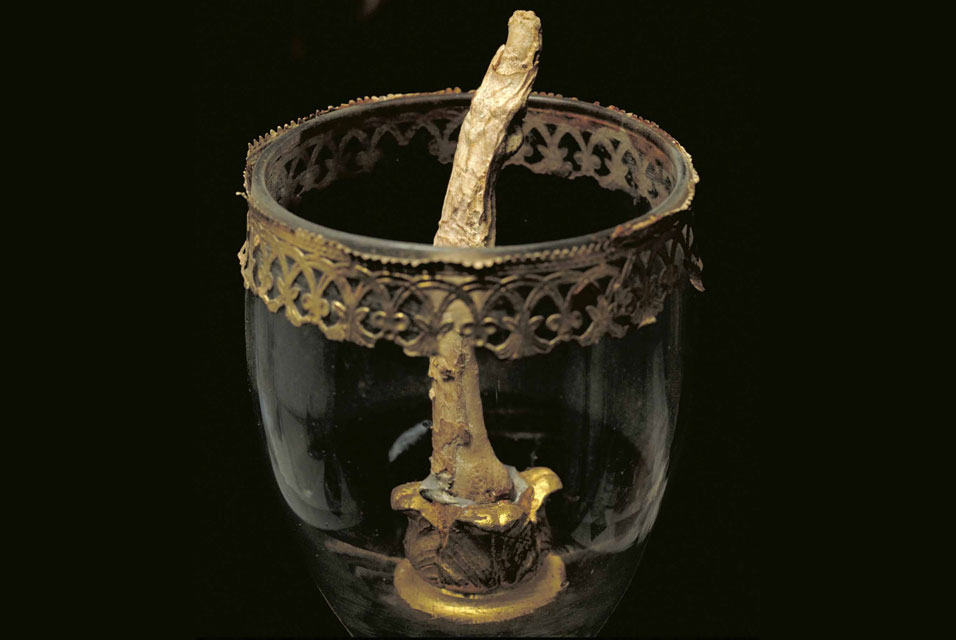
 Thanks once again to
Thanks once again to